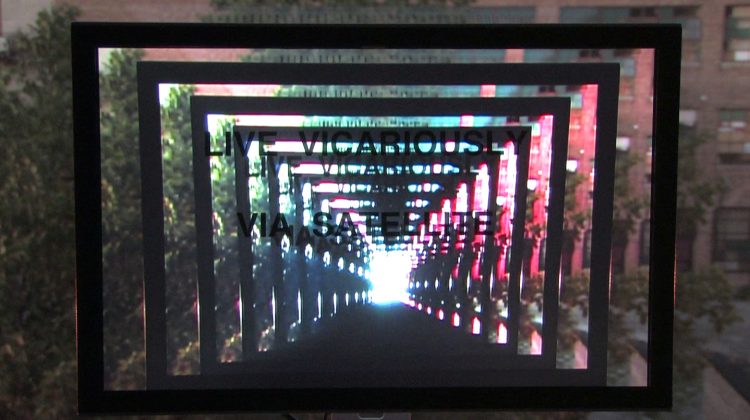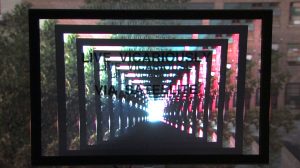I warned you. This post is based on The World Beyond Your Head, too. There are certain ideas therefrom that I can’t get out of my head. And hey, the London Times says that Matt Crawford is one of the most influential thinkers of our times, so how can I go wrong with two or three blog posts?
According to Crawford, less and less do we experience the world directly. More frequently we’re experiencing it through representations. Now before you think this is another indictment of screens, think again. This goes far beyond that.
Consider a brand-new car. Many new cars have eliminated the mechanical connections between the controls and the systems being controlled. For example, drive-by-wire throttle is common, as are electronically-actuated brakes. When you press the throttle or hit the brakes, you’re simply creating an electronic signal that tells a computer within what to do. Some engineer or computer programmer, defined by Crawford as a “choice architect,” decides how much brake or throttle to apply when you press the stop or go pedals. What you’re experiencing is a representation of how those folks decided brakes or an accelerator should feel when you press them.
In a less sophisticated car, those systems are controlled via mechanical systems. When you press the brakes, you’re pushing fluid through a tube to press brake pads against a rotor or drum. You feel direct feedback from those systems. For example, if you have a warped rotor, you’ll feel pulsing at the brake pedal that changes frequency with speed.
Now for the indictment of screens. (You knew it was coming, right?) The choice architects of social media have decided to call those with whom you interact on their platforms either “friends” or “followers.” I’m going to focus on the former.
Consider the people you interact with on social media, particularly those you haven’t met in real life. Choice architects want you to think of those people as “friends.” Googling brought me this definition: a person whom one knows and with whom one has a bond of mutual affection.
You may think you have real affection for those with whom you interact on social media, even those you haven’t met in real life. However, let’s consider the first portion of that definition – a person whom one knows.
If you haven’t met face-to-face and spent time with a person, you don’t truly know them. What you know is the representation that they have chosen to share on social media. You, in return, provide a representation to them. They know that representation.
Understand the difference between reality and representation. Act accordingly. Get away from your phone. Meet people in real life. Take a walk in the woods. Walk down a city street without looking at your phone. Experience reality in… Click To TweetThe point of this post isn’t an indictment of social media. It’s an encouragement to understand the difference between reality and representation, and act accordingly. Get away from your phone. Meet people in real life. Take a walk in the woods. Walk down a city street without looking at your phone. Experience reality in all of its forms – the achingly beautiful to the horridly painful. You’ll be far better for it.

